Massive 5G buoys to be launched from Dundee harbour will help North Sea wind farms be less susceptible to “hostile” attack.
Platforms 22 metres tall and 33 tonnes heavy are under construction at Port of Dundee, which will be fitted with 5G devices before being sent out to sea.
These will allow communications from wind farms and off-shore platforms without having to rely on old radio signals, or fibre optic cables — which can be vulnerable to attack from “hostile” countries.
The hope is this technology can be used for a number of maritime applications, including using drones to inspect turbines, checking wave and wind conditions in real-time and reduce health and safety risks by limiting the frequency people are put out to sea.
Wireless 5G buoys to launch from Dundee
Jet Connectivity is behind the venture, with funding provided through the Tay Cities Deal.
Experts from Abertay University have also been involved, utilising cyber security experts to make the devices less vulnerable to attack.
The company’s CEO James Thomas was in Dundee to demonstrate the devices.
They initially built the communications pieces, which are the size of a mobile phone, before work started on the massive buoys.
The prototype was put together in James’ garden, and the boss hopes 150 can eventually be built to connect the entire North Sea network.
He said: “We have built the 5G base station telecoms piece, which runs without fibre optic cables. We then built a platform, 22 metres tall and 33 tonnes which operate at sea.
“With these, we can build a buoy-to-buoy meshed network of buoys at sea, which have a 10-15km range.
“There a huge number of applications which can be used with this network.
“Today we are demonstrating a drone, which is a base station which flies in the sky, connected to a base station at land and can be connected to our buoys at sea.
“These can then be used for drones on wind turbines and offshore platforms… there is a huge communications issue because of how far out they are.
“Windfarms have a problem. In that when they build these farms, they do not have any communications other than VHF (very high frequency) radio, which is archaic.
“There is Starlink, but there are limited SLA’s (service level agreements) with that.
“So when you build a wind farm, a fibre optic cable is put in. These arrays are, generally, connected turbine to turbine. And if one of these links are disrupted, the entire network fails.”
Energy network vulnerable to attack
The UK energy network, which is increasingly reliant on wind power, is the most “attacked” in Europe, according to IBM.
Fibre optic cable can be susceptible to sabotage from hostile nations, James adds and can take weeks and months to repair.
Having a wireless network, which is not dependent on all links between bases being intact, can limit the vulnerability, James explains.
As well as lessening the possibility of damage, these buoys can measure and transmit data detailing a wind farms maritime environmental impact.
James added: “We have seen hostile nations playing around with our energy resilience and security, so you can start to see why coms resilience is very reliable.
“The drones can be used for maintenance and inspections remotely. It avoids health and safety issues of sending people out to see, because these checks can be done with drones.
“We can collect a lot of sensor data too. For things like wind speed, wave height etc, which can help determine if people can be sent out safely ahead of time.
“Video feeds can be transferred too, as well as marine wildlife monitoring and environmental monitoring. This helps wind farms understand their environmental impact.”
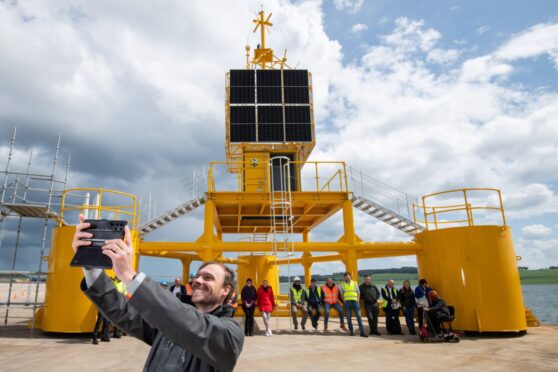
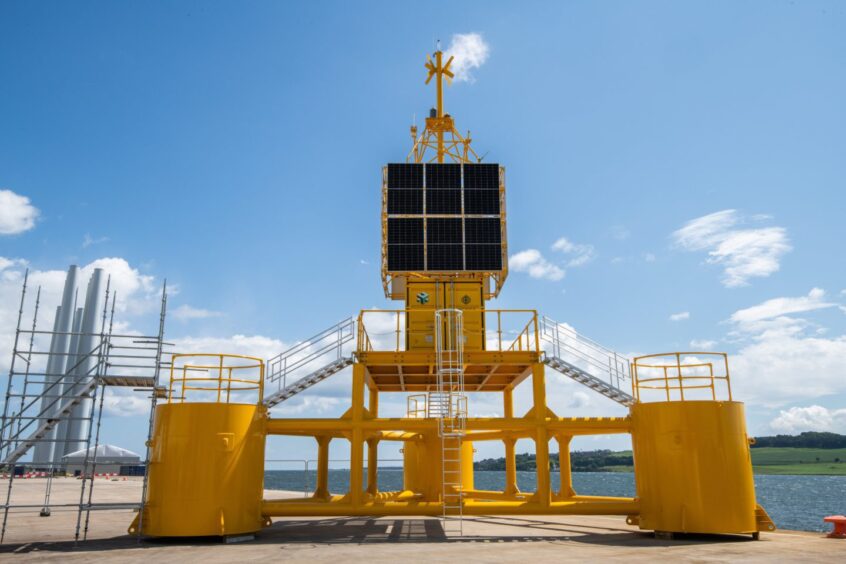
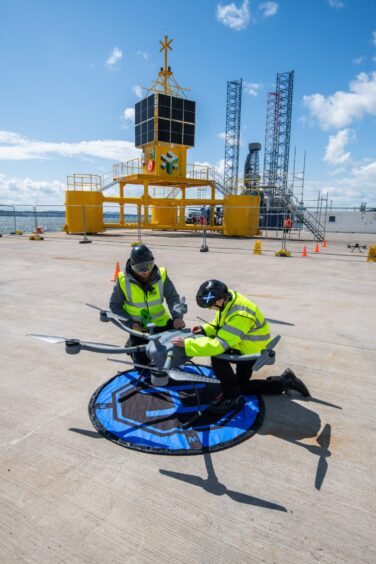
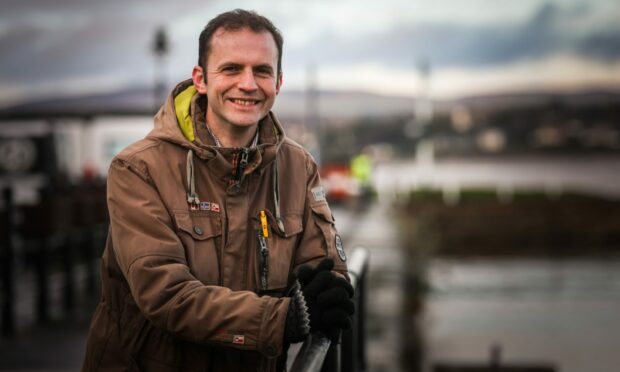
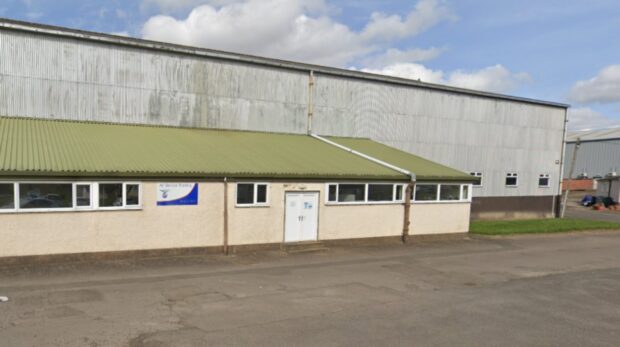


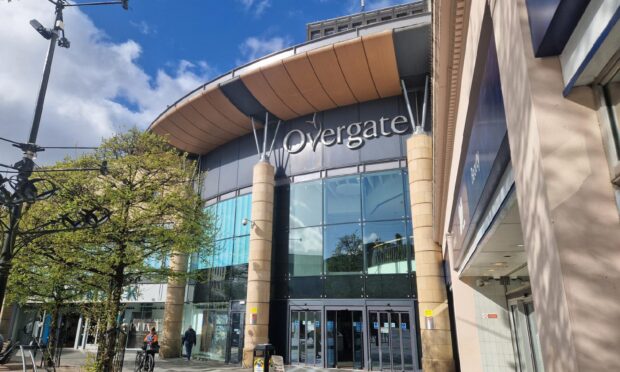
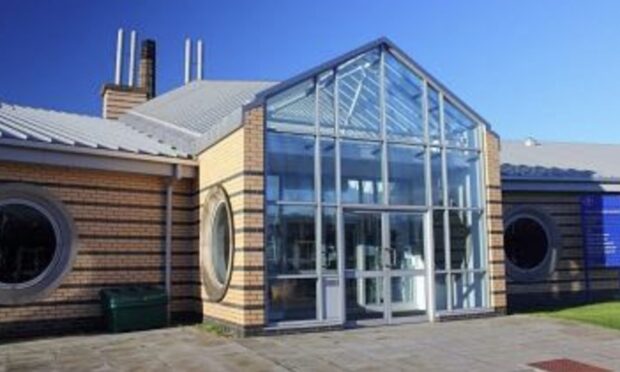



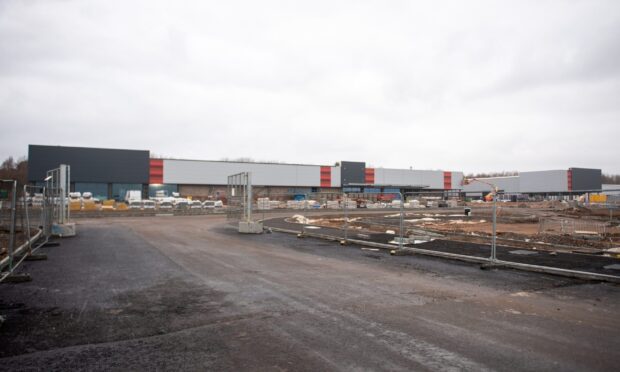
Conversation